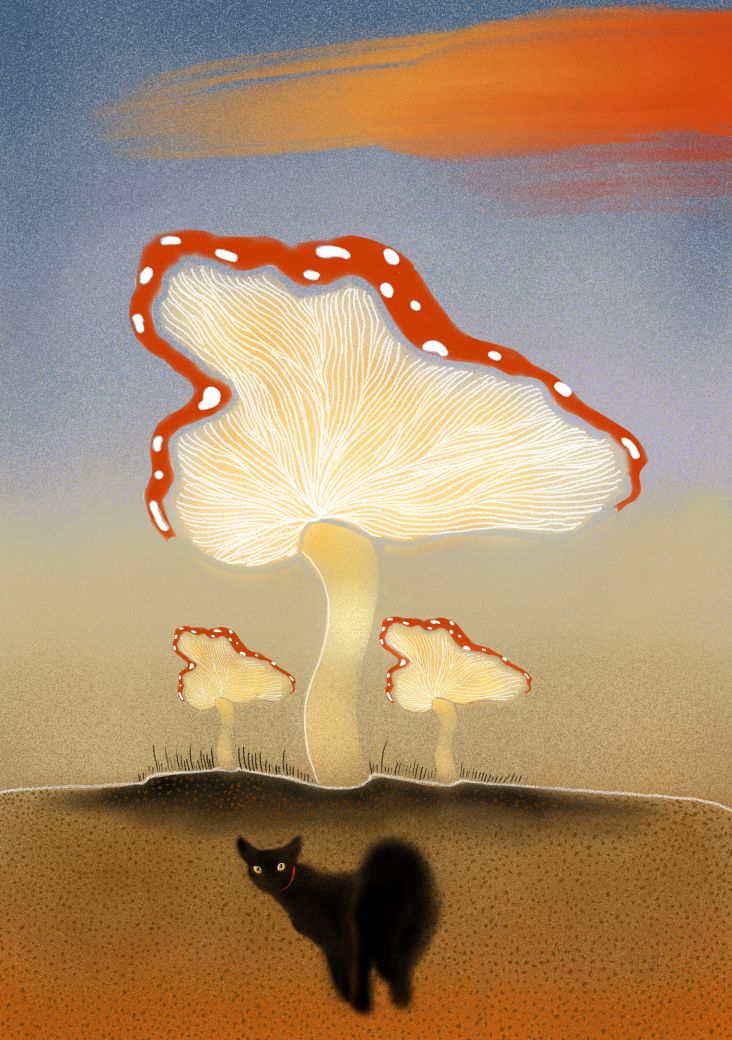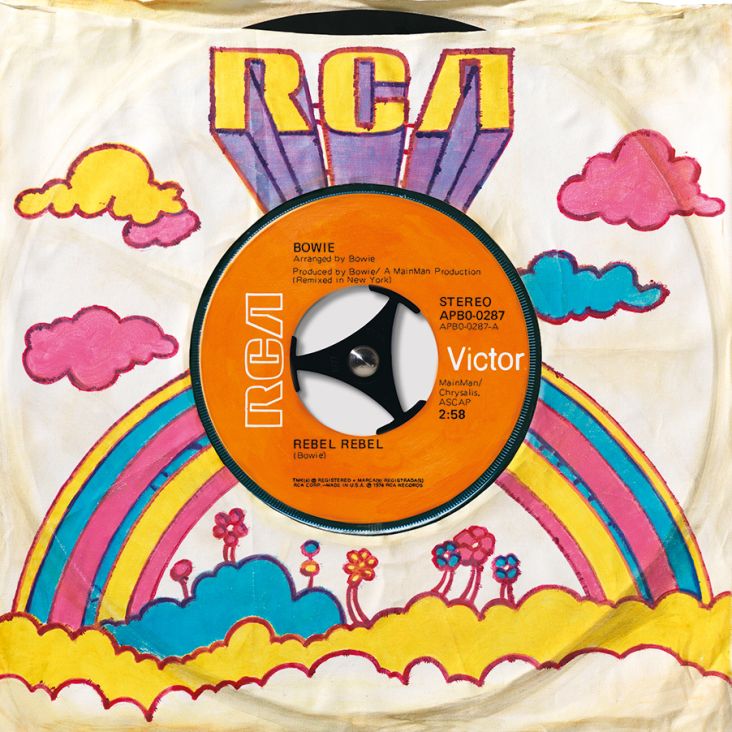10 steps to help you become a better illustrator
There's more to being a successful illustrator than honing your drawing skills (although that's very important). If illustration is your job, then there's plenty of business know-how that you need to be aware of too. To help you become a better illustrator in terms of both craft and admin, we asked the Creative Boom audience for their advice.

Image licensed via Adobe Stock
Drawing on the expertise of our readers, many of whom work as professional illustrators, the following tips address common complaints which people in the industry run into. So if you're thinking of becoming an illustrator, or you're already a veteran, be sure to keep this wisdom in mind to save you future headaches.
Of course, we aren't saying these are hard and fast rules, and everyone works differently. But we're confident that the advice in these tips will streamline your workflow and make your professional life easier in one way or another. So let's dive in.
1. Study others
Being an illustrator isn't as impossible as it may feel sometimes. After all, lots of other people have turned this ambition into a reality. By studying other illustrators, you can pick up valuable insights into progressing both your skills and career.
"Along with continual drawing practice (learning, experimenting and playing), I've learnt a lot from studying other illustrators from a business perspective," says illustrator and designer Maz Leyden. "Trying to assess how they work, who they work for, their marketing, branding, income streams, etc. That's been helpful!"
Studying the works of other creatives and recreating them is a common artistic training method, so why not extend this idea into their business methods as well?
2. Take it easy
It might sound counter-intuitive, but relaxing, taking off the pressure, and stepping away from your sketchpad are valid ways to become a better illustrator. In these moments of distraction or apparent idleness, you might subconsciously crack the issue that's been bugging you when you're concentrating.
"Doodle without putting pressure on yourself to make the next big thing and to share it straight away," says publishing and editorial illustrator Ste Johnson. "Hard to do, but it can really take you to some interesting places and push your creativity."
Illustrator and designer Adi Gilbert agrees: "A quiet, calm mind makes so much difference for me. Also, it's good to doodle stuff that you'll not show – no pressure practice! Also listening to Slayer when the deadline is heavy!"
3. Leave your comfort zone
Rest is good, but the flip side of that is pushing yourself. If you're staying firmly in your creative comfort zone, how can you expect to surprise yourself and your audience with interesting illustrations?
"When I push myself to accept work that seems unusual or scary or rather out of my comfort zone, I absolutely dread it at first," says illustrator Tarjis, "but near the finish line, I realise how flexible and creative I really am. It's an absolute confidence boost. It feels like levelling up every time!"
So if you always work digitally, why not try switching over to analogue tools to see how you get on? And if you always work with paints, perhaps switching over to charcoals or pastels would help shake you out of your routine.
4. Join communities
Sitting hunched over a tablet or sketchpad all day can get lonely. And without external input, how can you know whether you're improving or creating something that will impress audiences? After all, it's all too easy to become your own worst critic. Luckily, thanks to the internet, joining communities all over the world is easy.
"Joining R/fantasyillustrators massively helped me," says game artist Rachel George. "Having a group of fellow illustrators to chat to and get helpful critiques from, share resources, tips, bounce ideas back and forth with and just share daily stuff like difficulties we faced boosted me hugely."
Illustrator and animator Connie Noble agrees: "This year, I pushed myself to expand my network and immerse myself more in the illustration community we have here in the UK. I also set up Creative Coffee Morning with Katy Streeter to meet even more people!"
5. Create a working space
We've all got used to working from home to some extent over the last year. And while this setup has its benefit, having a space dedicated to illustration work is a huge help. Not everyone will be able to afford a studio but even just clearing an area in your home where possible can save you valuable time.
"Having a space to work in that isn't my bedroom was a big help," adds Connie Noble. "Making the move to get a studio space felt a bit risky as it's another expense, but it's improved my workflow and capacity to focus with no homely distractions!"
6. Use the internet productively
Sure, the internet can be very distracting. It's all too easy to lose track of time when you take a quick break to scroll social media, and before you know it, an hour (or more) has passed. But when used productively, the internet is a valuable way to hone your skills, find inspiration and spread the word about your work. Just keep the time allotted to browsing memes to a minimum.
When asked what makes her a better illustrator, Kelsey Davis added: "I say this in all honestly – the internet, getting feedback from IG pals, gathering inspiration, creating mood boards, watching tutorials on Skillshare...These are all crucial parts of my process!"
"Google Keep helps me a lot," adds illustrator and designer Mariery Young. "I can keep notes of everything that I might forget and create a quick to-do task list I can check off. It helps to break down every task and keeps on track with projects."
Take it easy. In these moments of distraction or apparent idleness, you might subconsciously crack the issue that's been bugging you when you're concentrating.
7. Create project timelines
Structure can sometimes feel at odds with the creative process, but if you've got various projects in the pipeline, then "structure" is exactly what you need. Enter project timelines. By breaking down a commission into achievable parts and setting aside a certain amount of time to complete each step, even the biggest projects can be made easier to fulfil.
"A project timeline that you try your best to stick to can help you to become a better illustrator," says Kat J. Weiss. "So does a support network to cry to if you're freaking out, and in general try to CHILL TF OUT (most of my stress is self-created)."
8. Learn to adapt and compromise
Compromising isn't a bad thing. If you're working as a commercial illustrator, you will inevitably have to adapt to a client's brief. According to illustrator Ari Liloan, this is an important factor that people need to keep in mind.
"As an illustrator, I try to remind myself that I'm providing a service first and foremost," she explains. "Some illustrators have an Artistic approach with a capital 'A', which works perfectly fine in a lot of cases, but seeing your career through a commercial perspective doesn't hurt either. There is satisfaction in creating a piece that truly meets your clients' needs instead of mostly trying to add another pretty piece to your portfolio."
She adds that it would be wise for illustrators to examine their work and assess whether or not it's suitable for a potential client. This, in turn, throws up the challenging question of whether it's only part of your style that doesn't fit or whether you're too scared to explore new subject matter as an illustrator.
"In practice, that doesn't mean abandoning your style and work to please someone else," she says. "Rather, it means trying to find a way to please an audience within your style without betraying your work. I admire the stubbornness of illustrators who have this truly artistic approach, but I also know that it doesn't always end well."
9. Manage client expectations
Relationships between clients are crucial for jobbing illustrators. They form the foundation of your income, so everyone must know where they stand and what's expected of each other.
"Know your project goal and treat illustration like design. It has an intended purpose, and everything needs to be objective at all times," says illustrator and designer Tatiana Bischak. "Make sure your client fully understands this objectivity concept along with the goal, or you're going to have a very bad time wrangling them."
Tied into this relationship management is the m-word: money. Many people we reached out to jokingly suggested that more money would help make people better illustrators, and there's a truth in this. In reality, though, what can illustrators do to protect their hard-earned pennies?
"Hang on to your art copyrights like you bought Bitcoin in 2010," says Tatiana. "Ownership over art means you can control how it is used if it gets changed, what it represents, and who makes money off of it. If someone wants to pry that away from you, add a zero or walk away.
"Also, add tax. Charge extra for the rush. Charge late fees. Cover your time outside of drawing as well as inside. Meetings, paperwork, and research take time, and your time is valuable. Unfortunately, many clients will treat you differently based on your invoice size. Charge accurately."
10. Take burnout seriously
Sadly, burnout tends to strike down people in creative industries, and illustration is no exception. Exhaustion through overwork can have debilitating physical and mental consequences, so take it seriously and don't ignore the warning signs of fatigue.
"Recognise the signs of burnout and address it ASAP," adds Tatiana. "Burnout can last months to years, and this society does not facilitate waiting around for you to be creative again. Rest well and often, and set solid boundaries. Understand that irritability is a natural sign you need to rest."
And if your workplace doesn't respect your well-being, Tatiana recommends heading somewhere that does. "If you find yourself in a toxic work environment, tell people around you and do what you need to leave. Nearly every creative has been in a terrible job, and they will help you by asking around for open positions, reviewing your portfolio, or even just being someone to vent to."

























